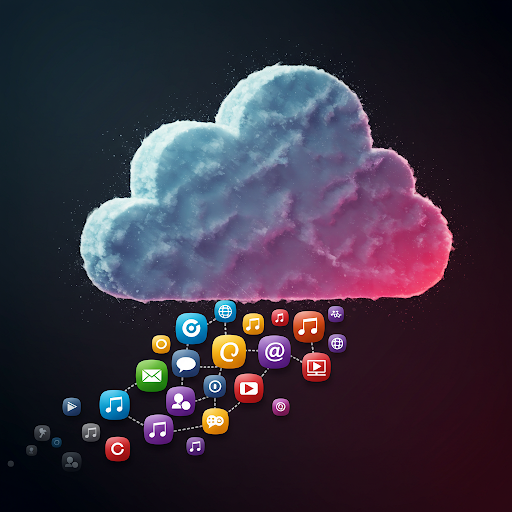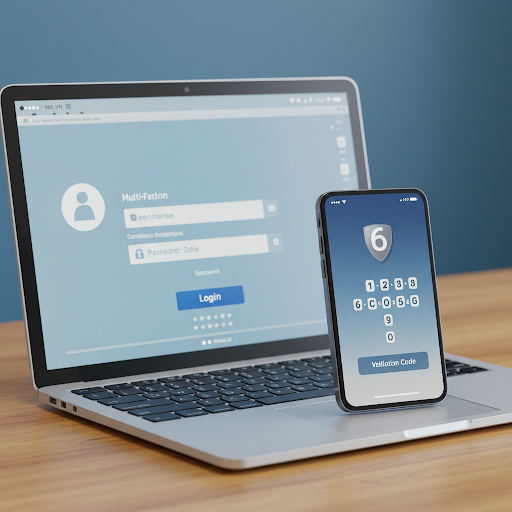Streamline Your Business Success by Outsourcing IT Infrastructure Management
Streamline Your Business Success by Outsourcing IT Infrastructure Management

The Increasing Complexity of IT Infrastructure in Modern Businesses
In today’s fast-paced digital landscape, the IT infrastructure of a business is not just about hardware and software. It extends to include cloud services, cybersecurity measures, data management, and more. This complexity poses a significant challenge for many businesses, especially small and medium-sized enterprises that may lack the resources to manage it effectively. As technology evolves, the demands of maintaining secure and efficient IT systems grow. Businesses must contend with a host of tasks such as ensuring reliable network connectivity, protecting against cyber threats, all while maintaining compliance with relevant industry regulations. It becomes clear that without a dedicated, skilled IT team, managing these tasks can be overwhelming. This is where outsourcing IT infrastructure management becomes invaluable. By entrusting your IT needs to a professional service provider, you can focus on your core business activities, while ensuring your IT systems are in capable hands. This partnership allows for continuous updates and innovations, ensuring that your business remains competitive and secure in the ever-evolving digital world.
Key Benefits of Outsourcing IT Management
Outsourcing IT infrastructure management comes with a multitude of benefits that can significantly enhance business operations. A critical advantage is cost-efficiency. By partnering with an IT provider like HCS Technical Services, businesses can avoid the substantial investment associated with setting up an in-house IT department. Instead, they gain access to a team of experts for a predictable, often lower, monthly fee. Another benefit is access to cutting-edge technology and expertise. IT service providers keep pace with the latest technological advancements, ensuring your systems are always up-to-date and optimized. This continuous improvement is crucial for staying ahead of the competition. Additionally, outsourcing provides enhanced security by leveraging sophisticated cybersecurity solutions to protect your data and network from potential threats. With 24/7 monitoring and support, businesses also enjoy minimized downtime and swift issue resolution, preventing revenue losses. All these factors contribute to a more streamlined and efficient operation, allowing businesses to focus on growth and innovation without the burden of IT management.
Customizable and Scalable IT Solutions for Every Business
One of the greatest advantages of outsourcing IT infrastructure management is the ability to customize and scale services according to your business needs. No two businesses are alike, and IT requirements can vary significantly. HCS Technical Services offers tailored solutions that can be adjusted as your business grows or changes. This flexibility is essential for supporting business expansion without the complications of managing additional IT requirements. Whether you are a small startup looking to establish a robust IT foundation or a growing company needing to scale up existing systems, an outsourced IT provider can craft a solution that fits your unique situation. Moreover, scalability ensures you only pay for what you need, avoiding unnecessary expenses. This adaptability extends to all areas of IT management, including cloud services, cybersecurity, and support, providing businesses with a comprehensive and dynamic approach to handling their IT infrastructure.
Leveraging Expertise and Innovation Through Professional IT Partnerships
- Professional IT providers bring years of experience and specialized knowledge to manage and optimize your IT infrastructure.
- By partnering with experts, businesses gain access to innovative technologies and industry best practices that enhance efficiency and competitiveness.
- This strategic collaboration ensures your IT systems are not only operationally effective but also aligned with your overarching business goals.
- Experienced IT companies like HCS Technical Services continuously invest in training and development to deliver cutting-edge solutions that drive positive business outcomes.
- The involvement of an external IT partner allows companies to adopt a forward-thinking approach, identifying future technology trends and preparing proactively to embrace them.
Ensuring Business Continuity with Trusted IT Support
Business continuity is paramount, and an integral aspect of securing it is having reliable IT support in place. Outsourcing IT infrastructure management ensures that your business receives continuous monitoring and proactive maintenance from experts dedicated to preventing issues before they arise. At HCS Technical Services, we understand the critical nature of minimizing downtime. Our team is available 24/7, ready to respond promptly to any IT emergencies, ensuring your business operations remain uninterrupted. With comprehensive support plans, businesses are better protected against unexpected disruptions caused by IT failures. This security extends beyond just technical support; it encompasses disaster recovery planning and data protection strategies that safeguard your operations against potential threats. By having a trusted partner to rely on, businesses can focus on innovation and growth, confident that their IT infrastructure is resilient and capable of supporting ongoing and future demands.
Choosing HCS Technical Services for Your IT Management Needs
Choosing the right partner for IT infrastructure management is crucial for achieving streamlined business success. HCS Technical Services offers more than 25 years of experience and expertise in managing IT systems for businesses in San Marcos, Austin, Wimberley, and New Braunfels, Texas. We are committed to delivering high-quality, customized IT solutions that align with your business objectives. Our dedication to client success ensures that you benefit from a partnership focused on innovation and excellence. From proactive monitoring and support to advanced cybersecurity measures and compliance guidance, our comprehensive services meet the diverse needs of our clients. When you choose HCS Technical Services, you are not just outsourcing; you are entering into a collaborative partnership aimed at enhancing your business efficiency and securing its digital future. Contact us today to learn how we can help you optimize your IT infrastructure and support your business's long-term success.
HCS Technical Services











